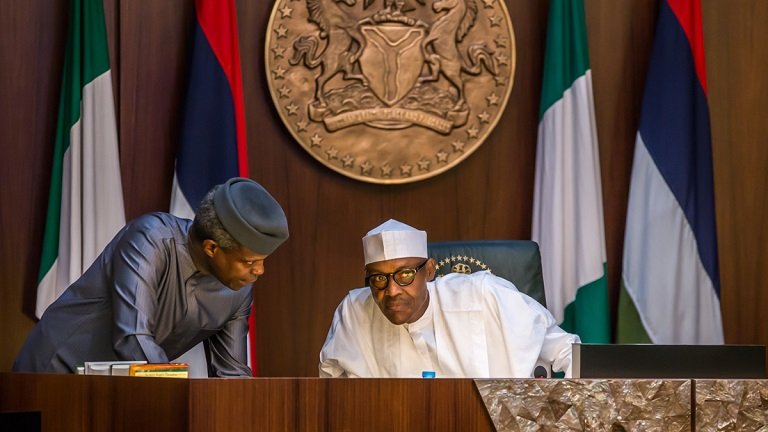
Some Nigerians have argued that the $322.5m General Sani Abacha loot recovered from the Swiss government by the Buhari administration could have been used for other infrastructural projects instead of sharing N5000 each to 400,000 poor households over a period of time.
But here are the reasons why the Federal Government of Nigeria could not have done otherwise.
1. A Swiss court ruled that the Abacha loot will only be returned to Nigeria if Nigeria nominates a project that is aimed at alleviating poverty.
2. Swiss Court ordered the commencement of repatriation of Abacha loot on the condition that the World Bank would supervise utilization to prevent mismanagement and re-looting.
3. Nigeria had to sign a Memorandum of Understanding with the Swiss government and the network of Civil Societies (CSOs).
4. The Swiss court rejected Fast Power Project nominated by Nigeria because it could not be supervised by the World Bank instead settling for Conditional Cash Transfer.
5. The Swiss court stated that Abacha loots returned to Nigeria were re-looted by previous governments.
READ: APC embarks on house-to-house campaign
6. The N5,000 shared to 400,000 poor households by the Nigeria government is done in partnership with the World Bank.
7. Conditional Cash Transfer (CCT) of the loot to the poor would also enable the mandatory involvement of the World Bank in the process, such that the money would be used in a subsisting programme of the Bank in Nigeria to enable it to use its existing monitoring and broader institutional resources to monitor the use of the funds.
8. The decision to give the money to the poor were an outcome of months of negotiation that enabled the repatriation of the funds in the first place.
9. The idea of giving N5000 to the poor was conceived by the Buhari administration in 2016 under the Social Investment Programme (SIP) as against rumours that it a political agenda conceived in 2018.
10. Like the CCT, Market Moni and Trader Moni which are designed at empowering SMEs and petty traders respectively were conceived in 2016.









